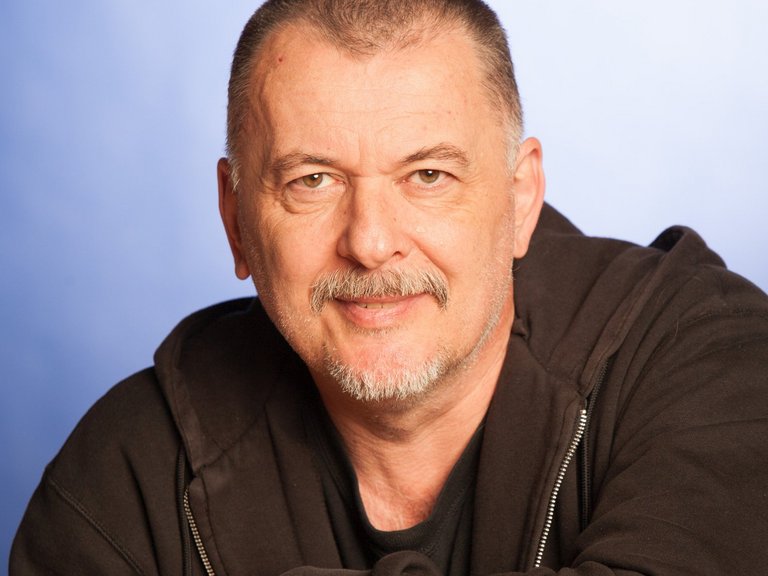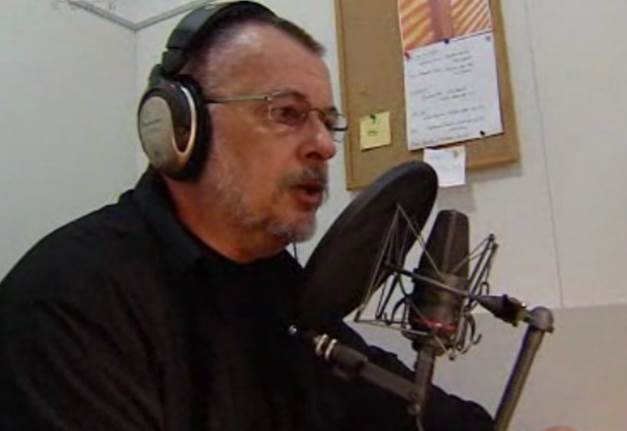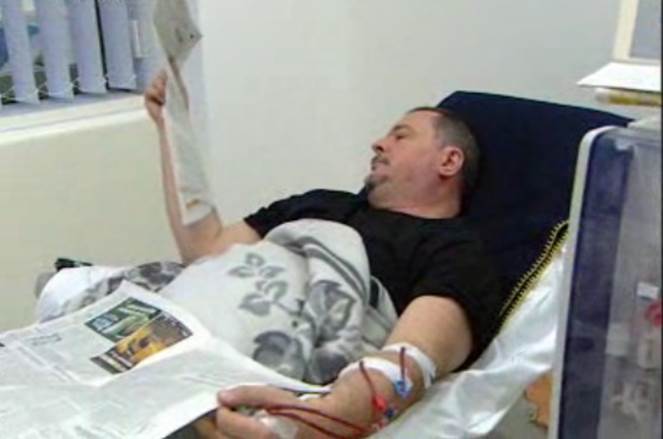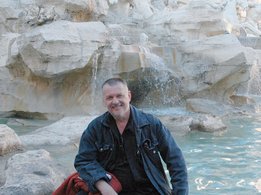My four kidneys and I
Farewell to my kidneys
Since 1993 or 1994, I have known that one day I would have trouble with my kidneys. Back then my kidney disease arose from a very simple infection. I first noticed something wasn’t right at work.
During a rehearsal I wasn’t able to stay on my feet. My colleague took me home and we thought I just needed some rest. But that didn’t keep my wife from worrying. She insisted on seeking out a doctor who performed an ultrasound before diagnosing polycystic kidney disease. I didn’t even know what it was! My doctor referred me to a nephrologist where I learned it’s a chromosome disorder.
Connected to the machine
In for surgery again
The call for my second donor kidney also came unexpectedly. But this time I knew what to expect. I realised how important it was to have a good relationship with my doctor. He understood what I wanted and I followed his orders to get it, which made his job easier. Of course, a little luck played a role. For surgery, you have to be healthy – free of a cold, flu or other viruses. I was lucky not to be ill when I received the second alert.
The surgery was easier the second time, partly because of advances in drugs and surgical techniques, and I found the intervention to be much smoother. Knowing what to expect made the psychological aspect easier, too. It’s been almost three years since the surgery and I go in for a check-up every six months.
The first alert and surgery
Nevertheless, my wife prepared a hospital bag for me that I kept in my wardrobe. That way I was ready to go if I received an alert. And it actually happened, before I even started dialysis. ‘Good morning, András Both’, the coordinator said on the phone, ‘you have an alert now.’ Again life was unpredictable! I had one hour to get to the clinic. That’s when I started to panic.
Suddenly, my mind was working at lightning speed. Who should I talk to? What did I need to organise? I had to get there fast, but I didn’t know if I’d get the kidney! When there is an alert several patients are called in and a series of tests are required. At the hospital they took blood samples to find the most suitable recipient and after around one hour, I learned that the kidney was mine.
I don’t really remember the operation. I just know it hurt all over after I woke up. Back then it was an older surgical technique and a different kind of anaesthesia. Together with the doctors and nurses, we checked if the kidney had started working: it had! Now I had to wait for another three or fours days to make sure my body accepted my new kidney.
When the moment arrived, I packed my bags and went home.
After the operation
Three months later, things took a turn for the worse. My nephrologist performed an array of tests and I received a stent, a tubular metal mesh to widen a narrow artery, in a blood vessel near the kidney. Eventually my donor kidney failed, but I still have the kidney in my body!
Family life – honesty rules
Many people have asked how my family dealt with my personal journey. I am a big advocate of honesty, so I spoke openly with everyone – including my kids – from the beginning. Occasionally they visited me during dialysis, which gave them a glimpse into this part of my life. When I learned my donor kidney was not working, we didn’t let the situation ruin our lives. We still went on trips and travelled even if doing so required better planning.



